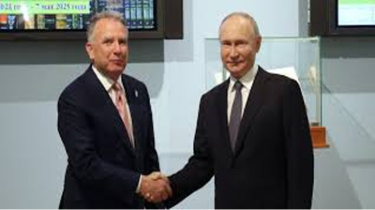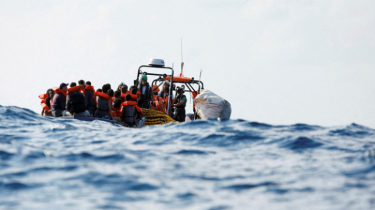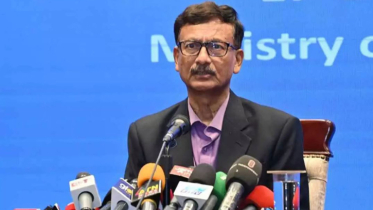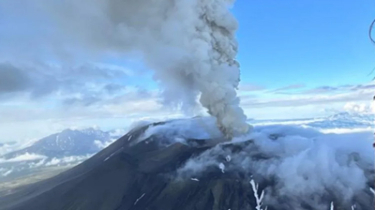Ancient Russian Volcano Erupts After 600 Years Amid Major Earthquake
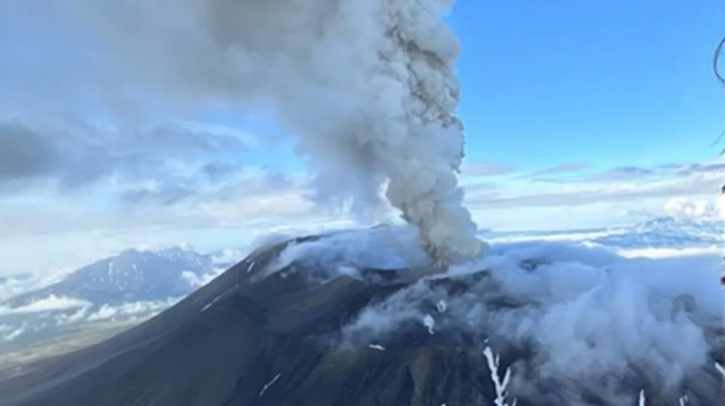
Published : 20:50, 3 August 2025
For the first time in approximately six centuries, the Krasheninnikov volcano in Russia’s Far East has erupted, sending a massive column of ash into the sky. The eruption occurred overnight on August 3, 2025, marking the volcano’s first known activity since around 1463. Ash from the eruption reached heights of 5,000 to 6,000 meters and drifted eastward over the Pacific Ocean. Authorities issued an orange-level aviation alert, cautioning about potential airspace disruptions, though no populated areas were directly affected by ashfall.
This eruption came just days after a powerful magnitude 8.8 earthquake struck off the Kamchatka Peninsula on July 30, triggering tsunami warnings throughout the Pacific. The same seismic event also activated other volcanoes in the region, including Klyuchevskoy, one of Russia’s most active. Experts believe that the quake may have contributed to reawakening the long-dormant Krasheninnikov.
Rising to about 1,856 meters, Krasheninnikov lies within a volcanic complex in one of the most tectonically volatile zones on Earth—the Pacific “Ring of Fire.” While volcanic activity is relatively common in the region, this eruption is notable for breaking a centuries-long silence, offering a rare glimpse into the behavior of dormant volcanoes.
Emergency services confirmed that there is currently no immediate threat to nearby communities, wildlife reserves, or infrastructure. Seismic and volcanic monitoring continues in the area as scientists keep a close watch for any signs of further activity. Authorities have urged residents and aviation operators to remain alert but reassured the public that the situation is under control.
This extraordinary event highlights the deep interconnection between earthquakes and volcanic systems and has sparked renewed scientific interest in how seismic forces can reawaken long-inactive geological structures.
Sources:
Reuters, Euronews, The Moscow Times, The Economic Times



